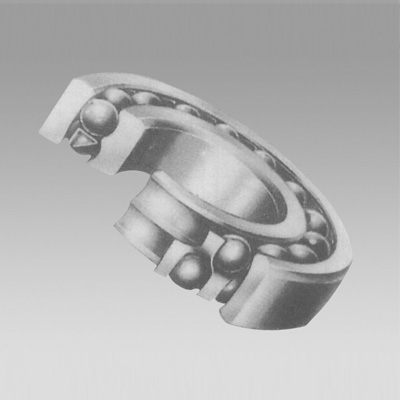
Nov . 27, 2024 07:39 Back to list
Limitations of Using Deep Groove Ball Bearings in Various Applications
Disadvantages of Deep Groove Ball Bearings
Deep groove ball bearings are among the most commonly used types of rolling bearings. Their design allows them to accommodate both radial and axial loads, making them versatile in a multitude of applications. However, despite their widespread use, deep groove ball bearings have certain disadvantages that can affect their performance and suitability in specific situations. This article explores some of the notable drawbacks associated with deep groove ball bearings.
Limited Load Capacity
One of the primary disadvantages of deep groove ball bearings is their limited load capacity compared to other bearing types. While they are excellent for moderate loads, they may struggle under heavy load conditions. In high-stress scenarios, deep groove ball bearings can exhibit premature wear or failure. For applications involving heavy machinery or equipment, it may be necessary to consider other bearing types, such as tapered roller bearings or spherical roller bearings, which are specifically designed to handle higher load capacities.
Sensitivity to Misalignment
Another significant concern is the sensitivity of deep groove ball bearings to misalignment. These bearings are designed for precise alignment; even a slight misalignment can lead to increased stress on the bearings, resulting in rapid wear and potential failure. This sensitivity necessitates careful installation and regular maintenance to ensure proper alignment, which can increase operational costs and complexity, especially in less accessible applications.
Limited Speed Range
Deep groove ball bearings are versatile but have limitations when it comes to operating speeds. While they can perform well at moderate speeds, their performance can deteriorate at very high speeds due to increased friction and heat generation. In high-speed applications, such as in some electric motors or turbines, the need for specialized bearings that can handle higher rotational speeds may be necessary. Failure to select the appropriate bearing for high-speed conditions can lead to overheating and accelerated wear.
disadvantages of deep groove ball bearing

Noise and Vibration
Deep groove ball bearings can also generate more noise and vibration than other types of bearings, particularly under heavy loads or when operating at higher speeds. This can be particularly problematic in applications requiring quiet operations, such as in precision instruments or consumer electronics. The noise and vibration can lead to mechanical wear over time, further exacerbating performance issues.
Limited Self-Aligning Capability
While deep groove ball bearings can accommodate some axial displacement, they lack the self-aligning capabilities found in other bearing types, such as self-aligning ball bearings. This limitation can be a disadvantage in applications where there is a risk of shaft misalignment due to thermal expansion, manufacturing tolerances, or other operational factors. In such cases, using a bearing with self-aligning characteristics can significantly enhance performance and durability.
Potential for Contamination
Finally, deep groove ball bearings are susceptible to contamination from dirt, dust, and other foreign particles. Such contamination can accelerate wear and cause premature failure. Adequate sealing and maintenance are necessary to mitigate this issue, particularly in harsh environments. However, the need for additional seals or protective features can increase the complexity and cost of the bearing system.
Conclusion
While deep groove ball bearings offer numerous advantages, including versatility and widespread availability, their disadvantages cannot be overlooked when selecting a bearing for a specific application. Limited load capacity, sensitivity to misalignment, speed limitations, noise and vibration concerns, lack of self-aligning capabilities, and susceptibility to contamination are all factors that engineers and designers must consider. By understanding these drawbacks, it is possible to make an informed choice and enhance the reliability and efficiency of mechanical systems.
Latest news
-
Premium Deep Groove Ball Bearings | High Speed & Reliability
NewsAug.29,2025
-
Durable Scaffolding Clamps - Secure & Reliable Tube Connectors
NewsAug.28,2025
-
Common Failures in Thrust Ball Bearings and Solutions
NewsAug.22,2025
-
How Tapered Roller Bearings Can Take Shock Loads
NewsAug.22,2025
-
Angular Bearings in High-Precision Spindles
NewsAug.22,2025
-
The Impact of Misalignment on Cylindrical Roller Bearing Performance
NewsAug.22,2025
